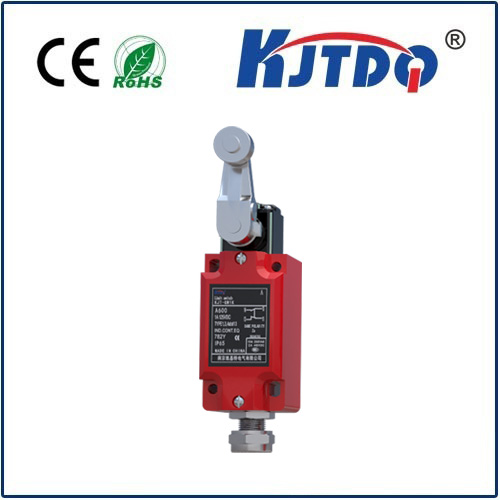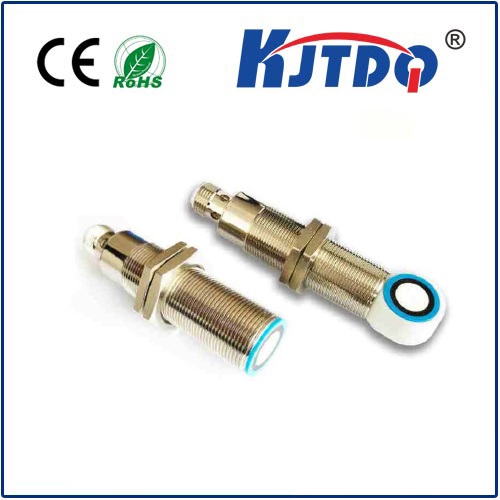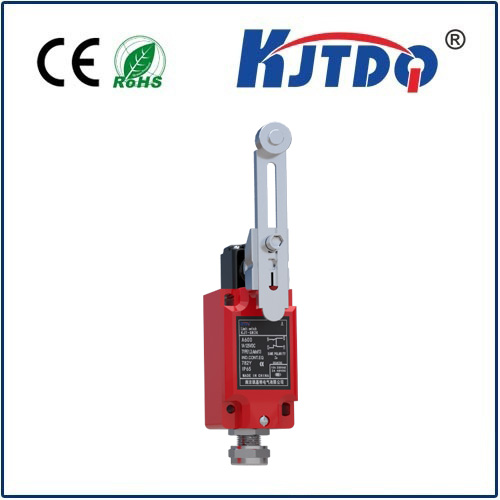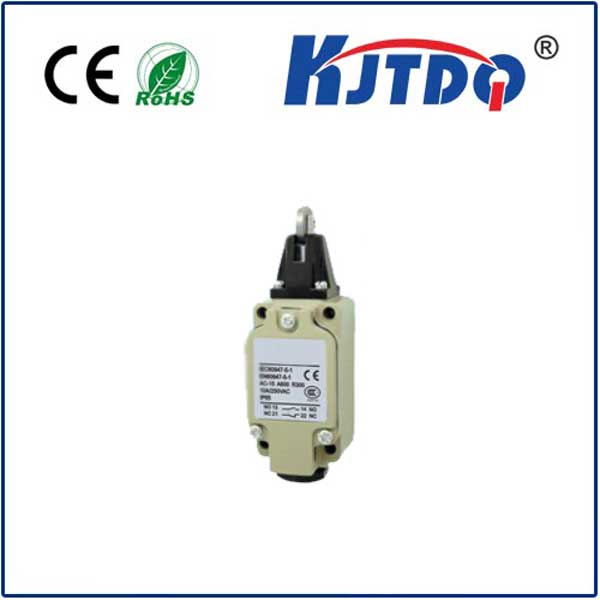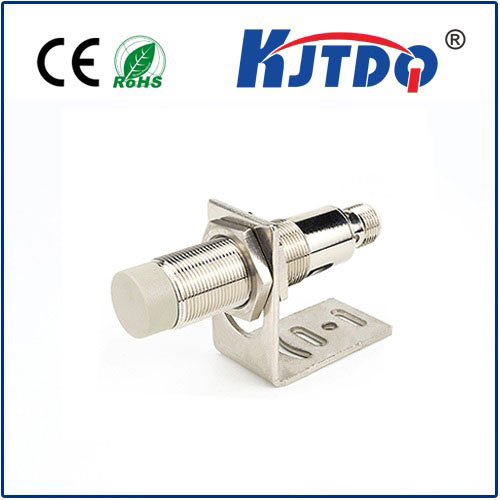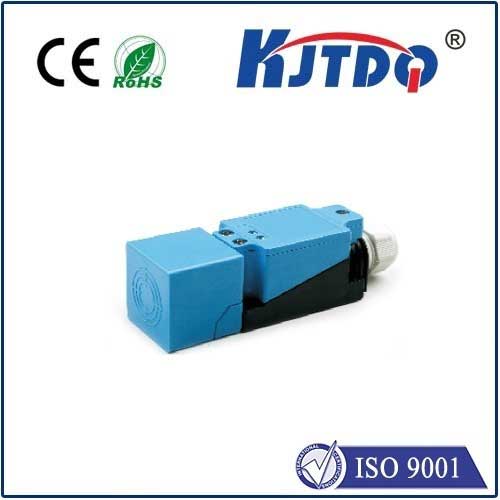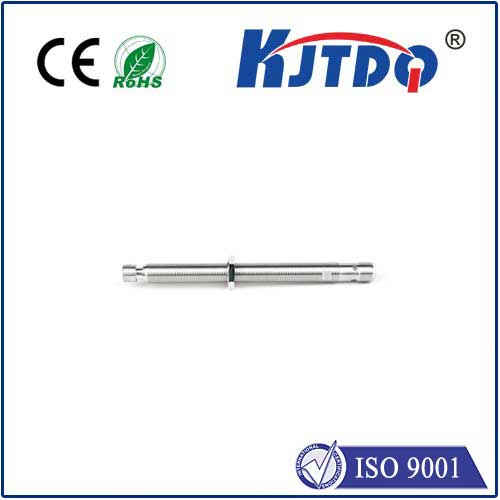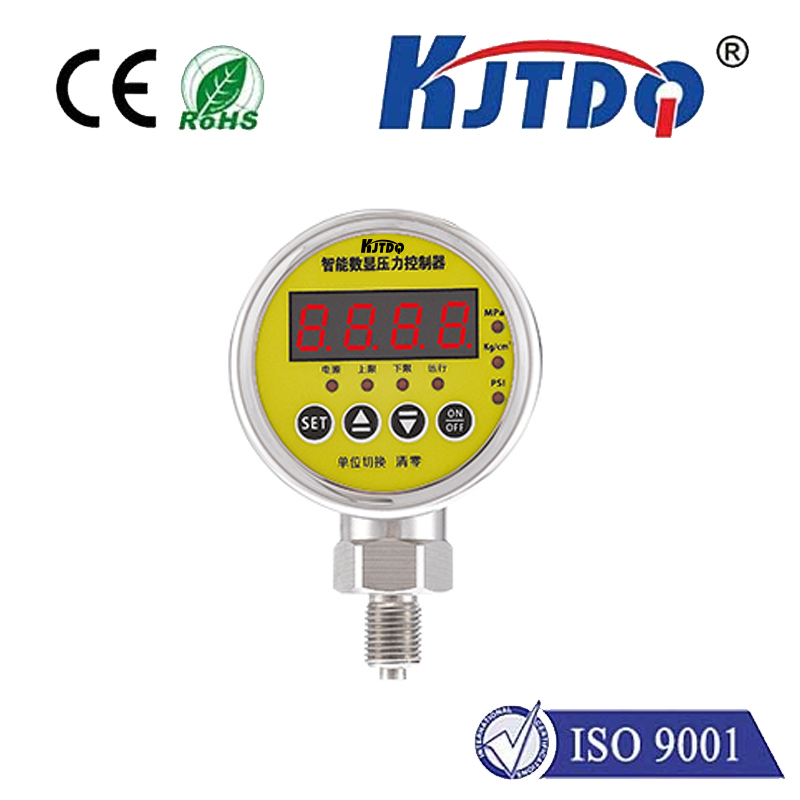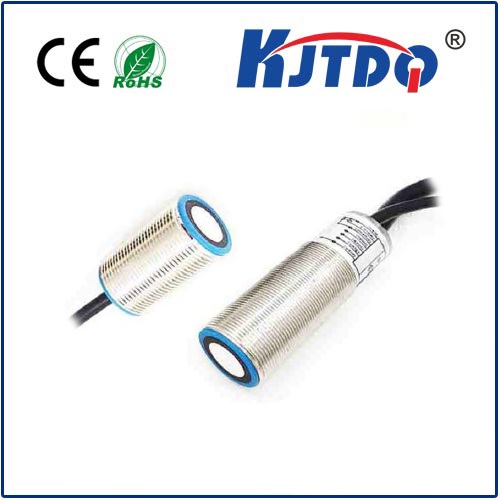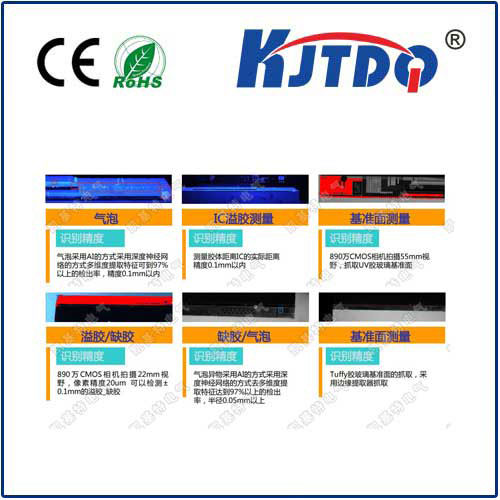
check

check

check

check
Title: The Versatile Power of Diffuse Sensors: A Comprehensive Overview
In a world where technology is rapidly evolving, sensors have become an integral part of our daily lives. They are used in various applications, from smartphones to smart homes, and even in industrial settings. Among the many types of sensors available today, diffuse sensors stand out for their unique features and wide range of applications. In this article, we will delve deeper into the world of diffuse sensors, exploring their capabilities and how they can be utilized in different environments.
Introduction:
A diffuse sensor is a type of optical sensor that measures the amount of light reflected by a surface. Unlike traditional sensors that require direct contact with the object being measured, diffuse sensors use an infrared LED to illuminate the surface and then detect the reflected light using a photodiode. This non-contact method of measurement makes diffuse sensors ideal for applications where direct contact is not possible or desirable.
Types of Diffuse Sensors:
There are two main types of diffuse sensors: through-beam and retroreflective. Through-beam sensors consist of a transmitter and receiver placed opposite each other, with the object being measured passing between them. Retroreflective sensors, on the other hand, use a single device that contains both the transmitter and receiver. The transmitted light bounces off a reflector and returns to the receiver, allowing for accurate distance measurements.

Applications of Diffuse Sensors:
Diffuse sensors have numerous applications in various industries due to their ability to measure distance, position, and presence without physical contact. Some common applications include:
1. Automotive Industry: Diffuse sensors are used in vehicles to monitor engine performance parameters such as temperature, pressure, and flow rate. They also play a crucial role in safety systems like parking sensors and collision avoidance systems.
2. Manufacturing Industry: In manufacturing processes, diffuse sensors are used to control robotic arms, monitor product quality, and ensure proper product placement during assembly.
3. Medical Field: Diffuse sensors are employed in medical devices to monitor patient vital signs, such as heart rate and blood oxygen levels, without requiring invasive procedures.
4. Home Automation: In smart homes, diffuse sensors are used to control lighting systems, air conditioning, and security systems based on occupancy detection.
Benefits of Using Diffuse Sensors:
1. Non-contact Measurement: As mentioned earlier, diffuse sensors do not require physical contact with the object being measured, making them suitable for applications where direct contact is not possible or desirable.
2. Accurate Measurements: Diffuse sensors provide highly accurate measurements due to their ability to detect small changes in light intensity caused by variations in distance or surface characteristics.
3. Wide Range of Applications: Due to their versatility, diffuse sensors can be used in various industries, from automotive to healthcare and beyond.
4. Long Lifespan: Compared to other types of sensors, diffuse sensors have a longer lifespan due to their simple design and lack of moving parts.
Conclusion:
In conclusion, diffuse sensors are powerful tools that offer numerous benefits over traditional sensors. Their non-contact measurement capability and accuracy make them suitable for a wide range of applications across various industries. As technology continues to advance, we can expect to see even more innovative uses for these versatile devices in the future.
